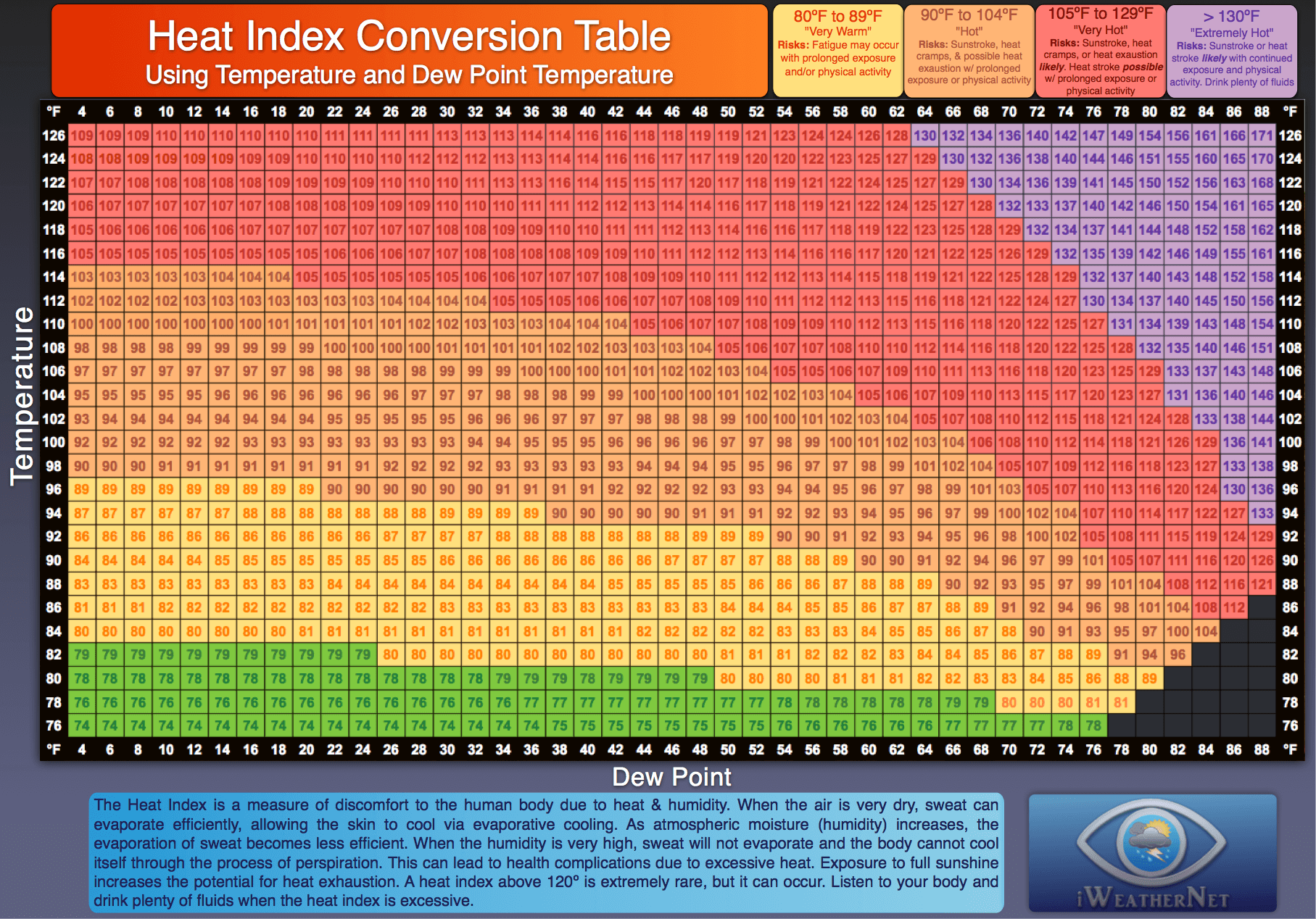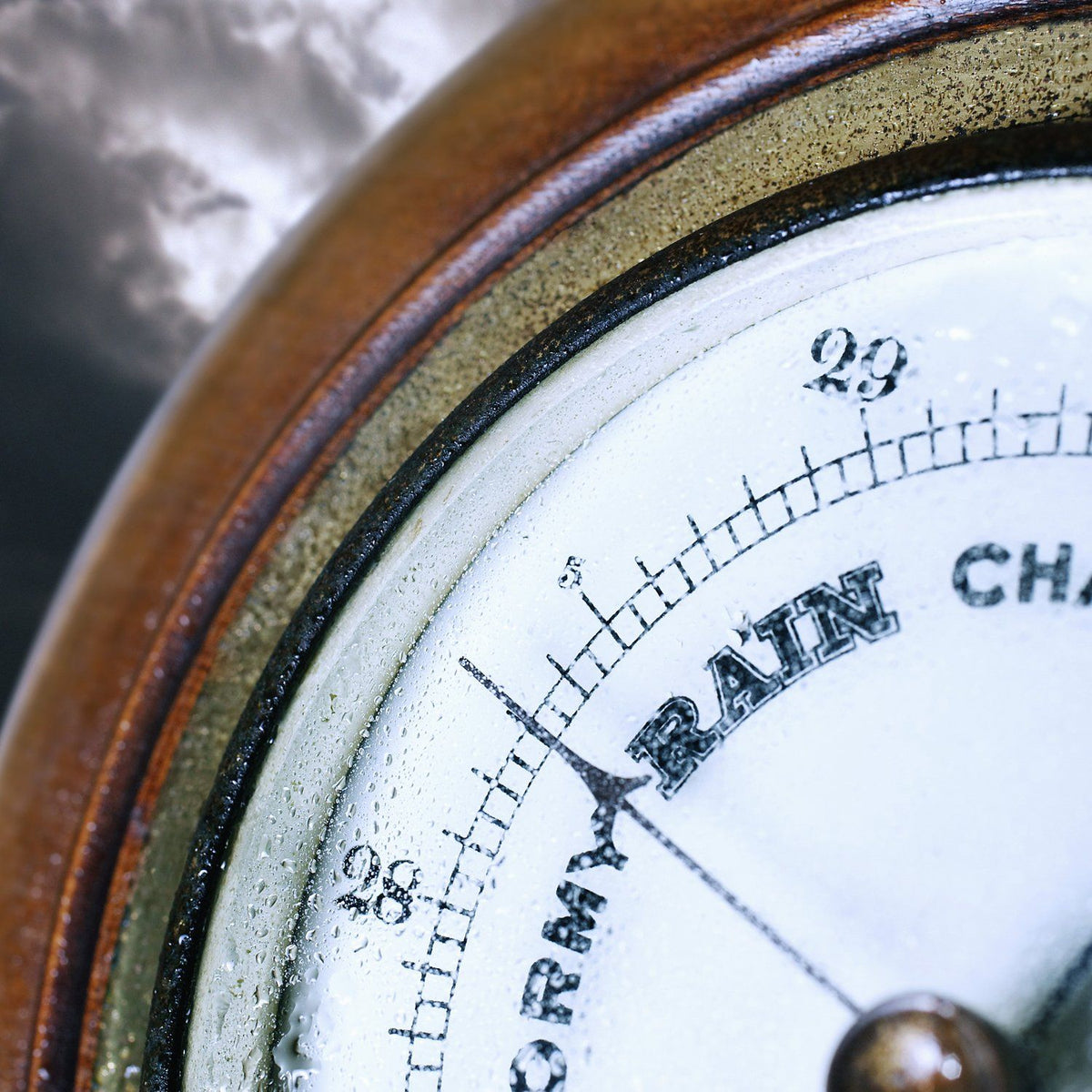

Even so, they are prone to heavy drifting in environments where smoke or otherwise impure air may be present. These devices need frequent cleaning, a skilled operator and periodic calibration to attain these levels of accuracy. An accuracy of 0.2 ☌ is attainable with these devices, which correlates at typical office environments to a relative humidity accuracy of about ☑.2%. The temperature of the mirror is controlled by electronic feedback to maintain a dynamic equilibrium between evaporation and condensation, thus closely measuring the dew point temperature. They use a chilled mirror and optoelectronic mechanism to detect condensation on the mirror's surface. Chilled mirror dewpoint hygrometers are some of the most precise instruments commonly available. At this saturation temperature, further cooling results in condensation of water. A whirling psychrometer uses the same principle, but the two thermometers are fitted into a device that resembles a ratchet or football rattle.Ĭhilled mirror dew point hygrometer ĭew point is the temperature at which a sample of moist air (or any other water vapor) at constant pressure reaches water vapor saturation. This is sometimes used for field measurements, but is being replaced by more convenient electronic sensors.
DEW POINT MEASURE FREE
There is usually a metal needle on the front of the gauge that will change where it points to.Ī sling psychrometer, which uses thermometers attached to a handle is manually spun in free air flow until both temperatures stabilize. These changes (analogous to those in a bimetallic thermometer) cause an indication on a dial. In these devices, water vapor is absorbed by a salt-impregnated paper strip attached to a metal coil, causing the coil to change shape. It appears most often in inexpensive devices, and its accuracy is limited, with variations of 10% or more. The metal-paper coil hygrometer is very useful for giving a dial indication of humidity changes. By hanging a lump of earth and a bar of charcoal on the two ends of a staff separately and adding a fixed lifting string on the middle point to make the staff horizontal in dry air, an ancient hygrometer was made. Other techniques were applied using mass to measure humidity, such as when the air was dry, the bar of charcoal would be light, while when the air was humid, the bar of charcoal would be heavy. The differences in weight were used to tally the humidity level. The Chinese used a bar of charcoal and a lump of earth: its dry weight was taken, then compared with its damp weight after being exposed in the air. Prototype hygrometers were devised and developed during the Shang dynasty in Ancient China to study weather.


A crude hygrometer was invented by Leonardo da Vinci in 1480. Modern electronic devices use temperature of condensation (called the dew point), or changes in electrical capacitance or resistance to measure humidity differences.

By calibration and calculation, these measured quantities can lead to a measurement of humidity. Humidity measurement instruments usually rely on measurements of some other quantities such as temperature, pressure, mass, a mechanical or electrical change in a substance as moisture is absorbed. A hygrometer is an instrument used to measure the amount of water vapor in air, in soil, or in confined spaces.


 0 kommentar(er)
0 kommentar(er)
